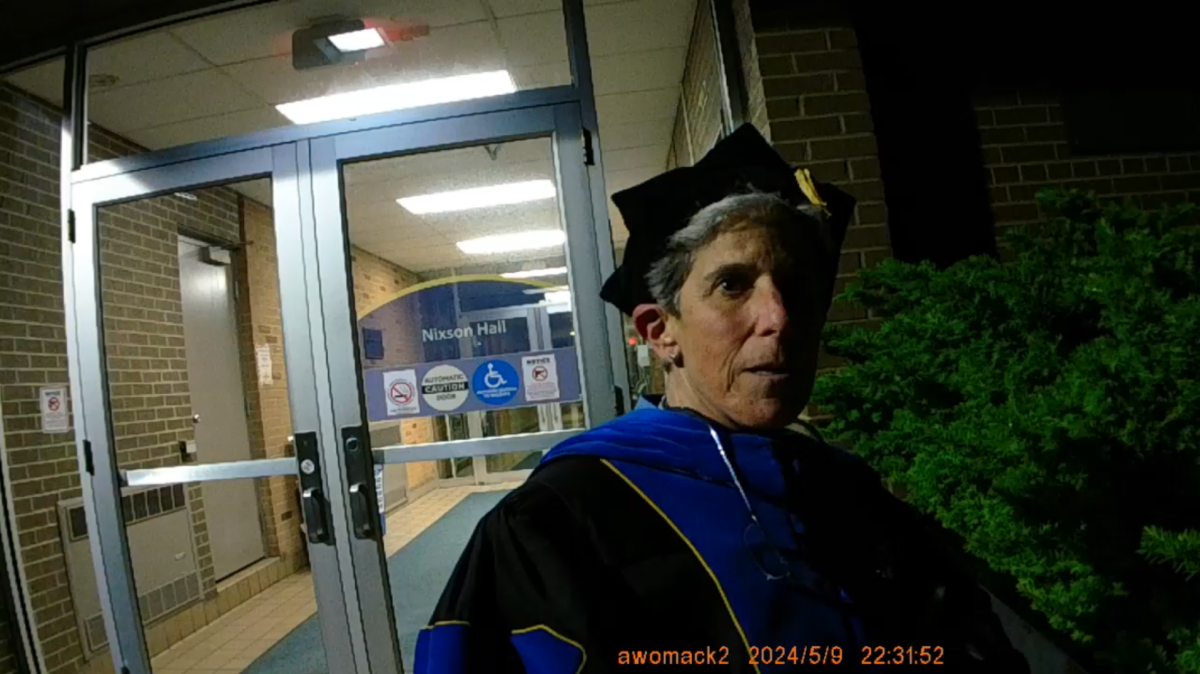Kent State is one of many Ohio universities pushing back deadlines for students after facing a high frequency of issues related to this year’s FAFSA.
“In response to challenges students and families have experienced related to the launch of the FAFSA, Kent State University has extended our FAFSA deadline from Feb. 15 to March 1,” the Kent State financial aid office said in their FAFSA guide.
The guide also notes that the commitment day for incoming students has been pushed from May 1 to June 1.
“My family is worried about getting less financial aid compared to last year,” freshman digital media production major Jillian Arthur said.
These changes have left some returning students feeling confused and anxious due to the delayed launch of the FAFSA. For Arthur, being out of state while also having a sibling attending college has put some stress on her family.
“Last semester we got a good amount of financial aid for me and my brother who’s in college, but now we will unfortunately get less,” Arthur said. “It sucks that this change had to be made and people have to find ways to work around it.”
Other nearby universities, such as Youngstown State and the University of Akron, are also pushing their deadlines back.
These delays were sparked by the new adjustments made to the FAFSA, many of which have left students worried about their 2024-2025 financial aid offer.
In past years, the FAFSA would have been available by Oct. 1, with many colleges receiving applicant data shortly thereafter. This year, the form was not released until a soft launch in December.
This new data delay has left colleges with two options: to either give less time to develop financial aid awards or to push back their acceptance deadlines.
Incoming students are also facing challenges with these delays. However, the biggest difference is that many new college students are more concerned with how to fill out the form.
Magdalena Novak, a high school senior from Columbus, felt the biggest struggle she had with the form was inviting her parents to sign it.
“There was a bit of difficulty trying to send my mom the invite to fill out the parent section,” Novak said. “But we worked it out.”
Novak is a single child who plans to go out of state for college. She filled out the FAFSA on her own and did not have much trouble doing so.
While these changes may not have been noticeable to many incoming students, those who have already adjusted to last year’s form may feel stressed about the new changes.
“This is going to be the growing pains year,” Sylvia Bustard, the director of Kent State’s financial aid program and administration, said in a virtual information session on the FAFSA. “Moving forward, I believe that it’s going to be beneficial to everyone, as the main goal is to try to get as many students to complete the FAFSA and not make it so labor-intensive so that you can have more students qualify for financial aid.”
In 2020, Congress passed the FAFSA Simplification Act to make the form more efficient and straightforward for families.
According to the U.S Department of Education, this new form was estimated to help 610,000 new students from low-income backgrounds receive a Federal Pell Grant, but the rollout has been less than ideal.
In a press release, the U.S. Department of Education stated that universities will not be receiving FAFSA information until the first half of March. They also noted that students would not be able to make corrections to their forms until then.
“With this last-minute news, our nation’s colleges are once again left scrambling as they determine how best to work within these new timelines to issue aid offers as soon as possible,” Justin Draeger, the National Association of Student Financial Aid administrator said in a statement. “So the students who can least afford higher education aren’t the ones who ultimately pay the price for these missteps.”
Elaina Matricardi is a reporter. Contact her at [email protected].























